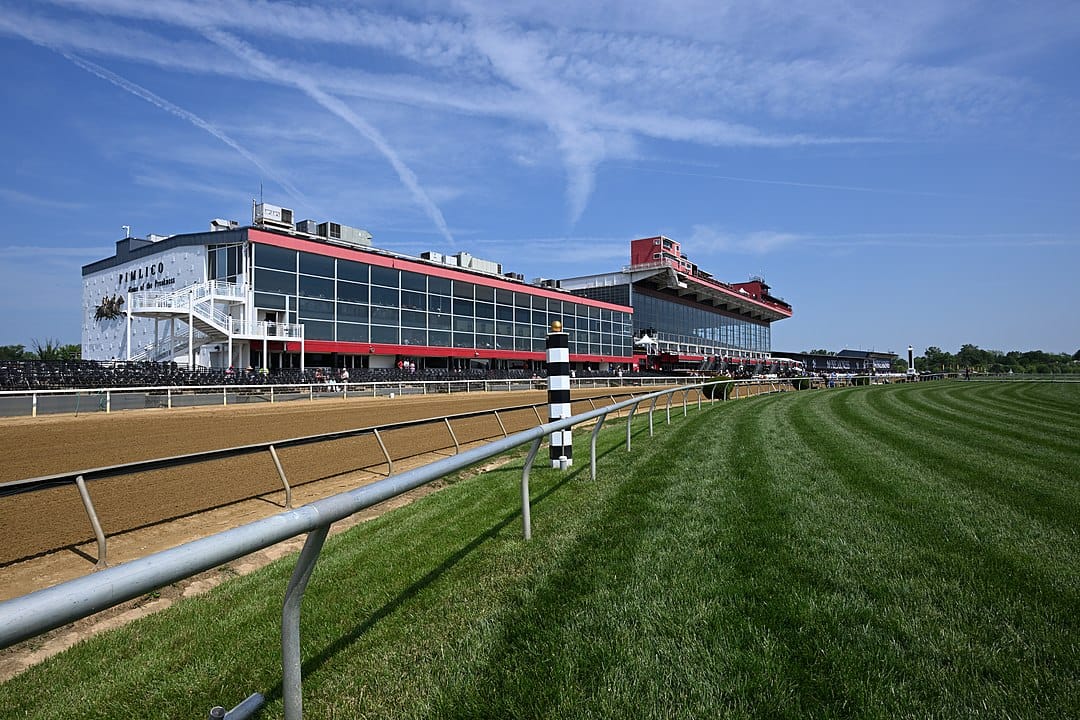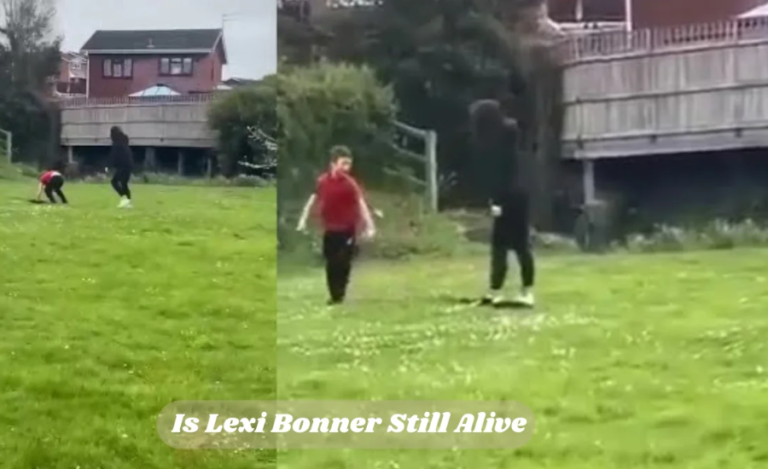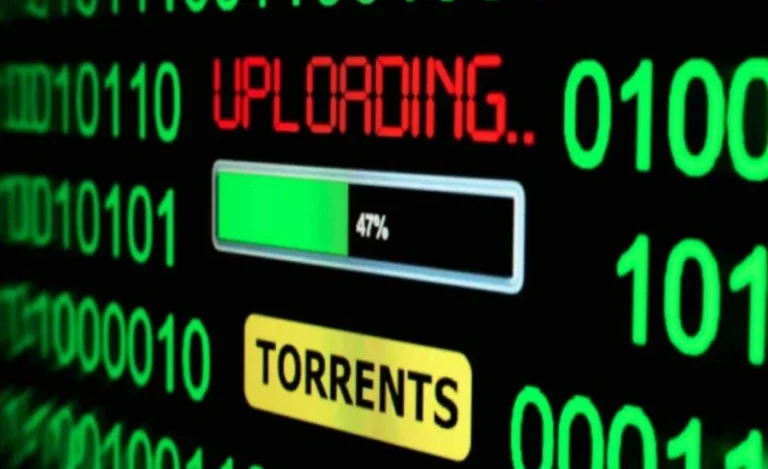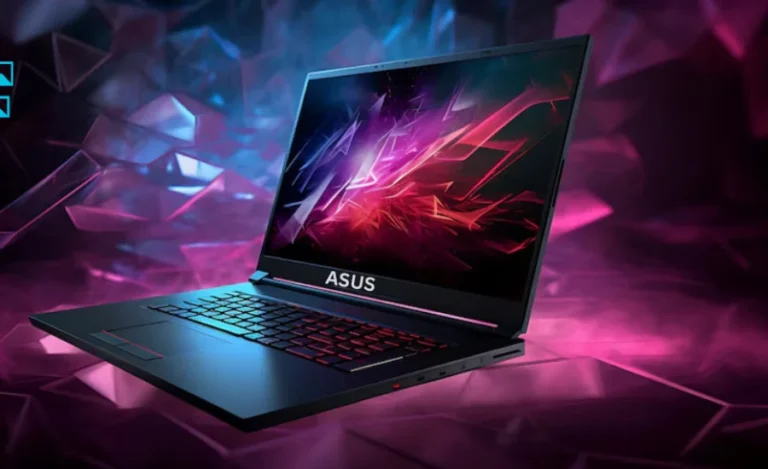What Is The Importance Of Preakness For Baltimore Culture
The Triple Crown races bring something special to different locations in the United States. After all, races like the Kentucky Derby, Preakness Stakes, and Belmont Stakes are some of the most popular horse racing events in the world. They bring thousands of spectators and have a huge economic and cultural value that cannot be measured in numbers.
The situation is the same in Baltimore, the home of the second leg of the Triple Crown races – the Preakness Stakes, where every year in May, we witness an incredible race where everyone is hoping to see the winner of the Kentucky Derby get close to becoming a Triple Crown Champion.
Sadly, however, we won’t have a Triple Crown champion this year. Although Journalism (the favorite) won the Preakness Stakes, the horse finished second in the Kentucky Derby.
On the other hand, Sovereignty, the winner of the Kentucky Derby, decided to skip this race and go for the Belmont Stakes. So, let’s keep an eye on the Belmont Stakes results just to see if Sovereignty can clutch that one in too.
But now that everything has quieted down, let’s talk more about the importance of the Preakness Stakes for Baltimore culture. How does this event affect the locals?
Economic Engine
Although this event isn’t as popular as the Kentucky Derby, the Preakness Stakes has its magic, and we cannot deny that it has a huge economic impact on Baltimore. This race alone is pumping millions into the local economy, and some reports suggest that its impact is around $60 million every year.
Each year, more than 50,000 visitors come to the Preakness Stakes, which eventually boosts hotels, restaurants, and shops.
But what does the economic impact have to do with culture? Well, Baltimore lives for this race, and shop owners, hotels, and restaurants all follow the same tradition of the race. On top of that, this race isn’t only about money and big spenders, it is also about festivals that happen a few days before the race that employ hundreds of locals for roles like security, event setup, and create plenty of seasonal jobs in the city.
All of this money suggests that the Preakness Stakes is like a goldmine, which is why they’ve planned a Pimlico redevelopment that will cost around $400 million, with more than 1,000 construction jobs up for grabs in the next couple of years.
So, the economic impact obviously impacts culture, and we can see that Baltimore is holding tightly to the roots of this event.
Community Pride
Another thing that is important for Baltimore is that the Preakness Stakes is like an annual showcase of the city, or in other words, the ticket to show the world what this place has to offer.
Remember, we are talking about one of the oldest horse races in the world with a lot of history and heritage. That’s why the locals pay close attention to the Preakness Stakes and even organize a week-long Preakness Festival that transforms the city into a hub of music, food, and art.
Baltimore doesn’t have many such attractions, and a city needs a global-scale event that will put it on the map.
Historical Legacy
The Preakness is woven into Baltimore’s cultural fabric, a tradition older than the city’s iconic crab cakes. Launched in 1873, it’s the second-oldest Triple Crown race, named for a colt who won at Pimlico’s opening in 1870. Its 150th running in 2025, won by Journalism in a dramatic comeback, marked a milestone, with The Baltimore Sun noting its coverage of every race since the start. The event’s history includes highs (13 Triple Crown winners ran here) and lows (controversial disqualifications).
Its legacy shapes Baltimore’s identity, tying generations through shared stories—like locals recalling 1983’s Deputed Testamony, a Maryland-bred upset winner. The race’s traditions, like draping the winner with a black-eyed Susan blanket (actually chrysanthemums, as the flowers are out of season), are quirky Baltimore touchstones.
The Catch
The Preakness isn’t perfect. Its cultural clout took a hit in 2025 when Kentucky Derby winner Sovereignty skipped Baltimore for the Belmont, dimming Triple Crown buzz.
Industry voices warn that top trainers may bypass Pimlico until the rebuild, citing outdated facilities. AfroPreak’s growth is a win, but some people gripe about high ticket prices for premium events, limiting access. Economic benefits skew toward tourism—local shops in Park Heights see less trickle-down than the downtown hotel.
Final Words
So, there is no doubt that the Preakness Stakes is Baltimore’s cultural pulse, that not only has a huge economic impact on the city, but also brings that community spirit. This is an event with a long tradition, something we all need to carefully nurture.
It shows the true progression of the sport, and with the new reconstruction of Pimlico Racecourse, it’s impact will only grow in the future.






